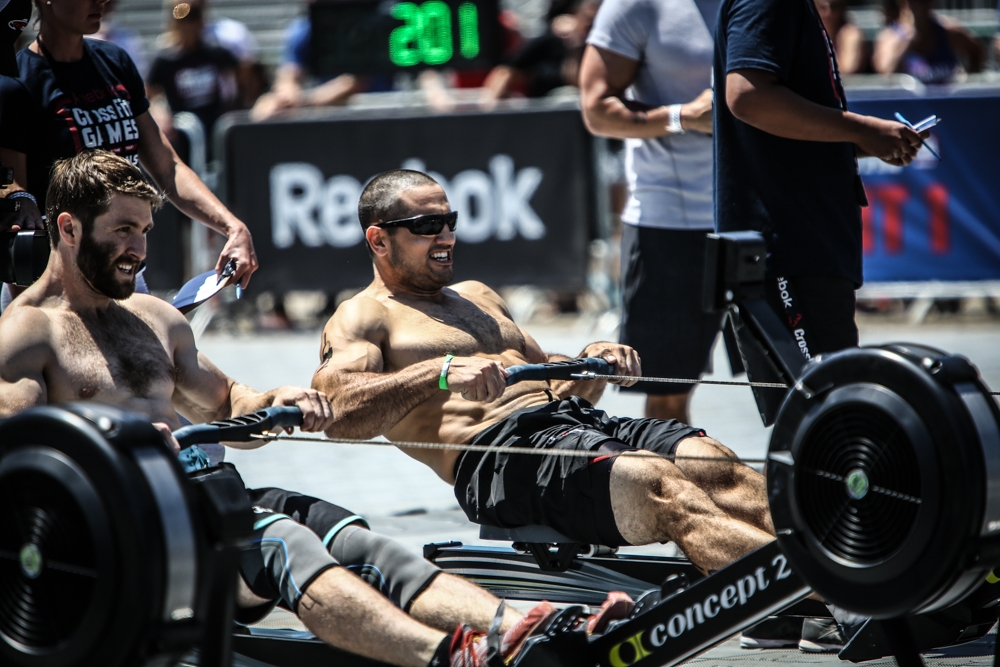Individual Global Marathon May 1-15:
http://log.concept2.com/challenges/marathon
Team World Erg Challenge March 15-April 15:
http://log.concept2.com/challenges/wec
Here’s some information on how to set up a Logbook and join the CFM C2 club:
http://www.crossfitmaitland.com.au/2014/joining/
A date will be set shortly for the Global Marathon!

